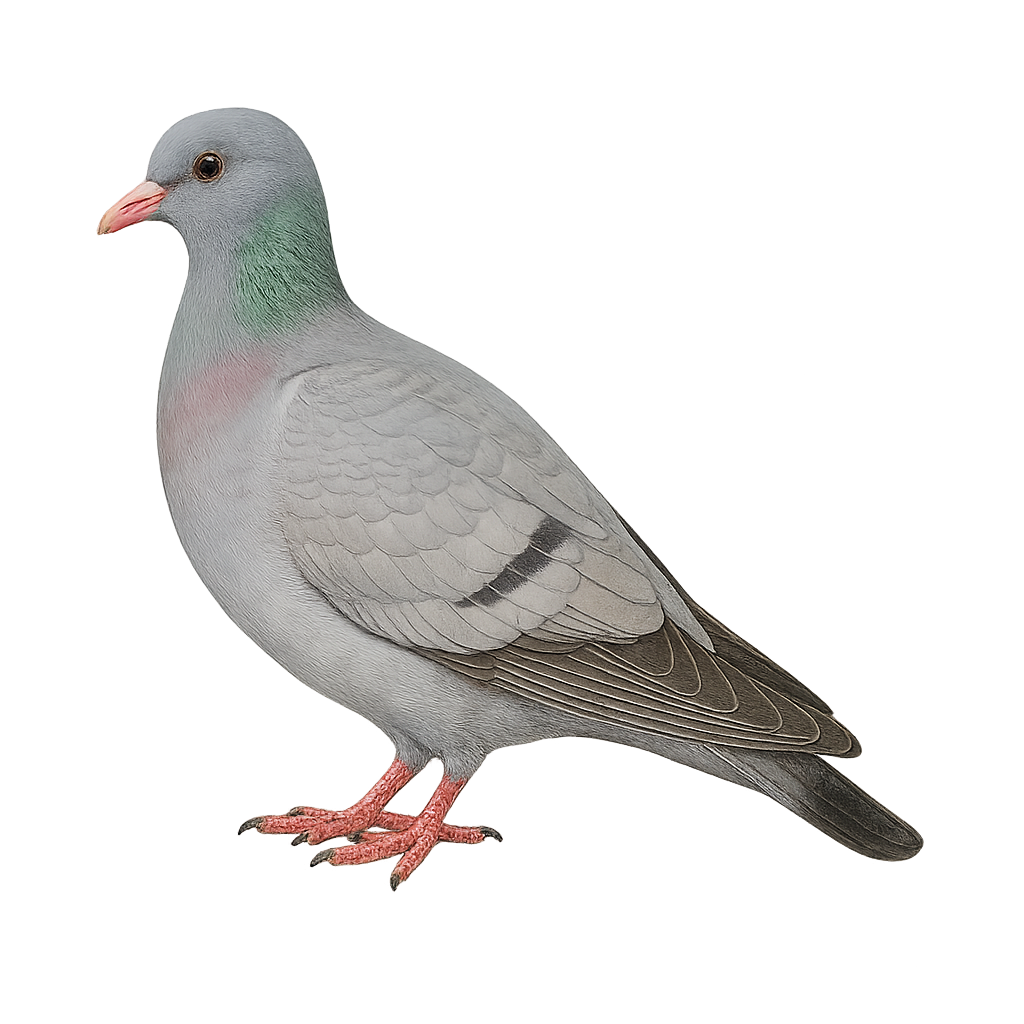Your wildlife photography guide.
Explore the stock dove in detail, study its behavior, prepare your shots.
Where to observe and photograph the stock dove in the wild
Learn where and when to spot the stock dove in the wild, how to identify the species based on distinctive features, and what natural environments it inhabits. The WildlifePhotographer app offers tailored photography tips that reflect the stock dove’s behavior, helping you capture better wildlife images. Explore the full species profile for key information including description, habitat, active periods, and approach techniques.
Stock Dove
Scientific name: Columba oenas

IUCN Status: Least Concern
Family: COLUMBIDAE
Group: Birds
Sensitivity to human approach: Suspicious
Minimum approach distance: 10 m
Courtship display: March to June
Incubation: 16-18 jours
Hatchings: March to July
Habitat:
Open woodlands, parks, agricultural areas
Activity period :
Primarily active during the day, with peak activity in the morning and late afternoon.
Identification and description:
The Stock Dove, Columba oenas, is a medium-sized bird, measuring about 32 to 34 cm in length with a wingspan of 60 to 66 cm. It is characterized by its uniform blue-grey plumage, lacking the white markings seen in other pigeons. Its nape shows iridescent green and purple hues. It inhabits open woodlands, parks, and agricultural areas, often near water. The Stock Dove is a discreet bird, often seen in small groups. It feeds mainly on seeds, berries, and young shoots. Its call is a soft, repetitive cooing. It nests in tree cavities, sometimes in abandoned buildings.
Recommended lens:
400 mm – adjust based on distance, desired framing (portrait or habitat), and approach conditions.
Photography tips:
To photograph the Stock Dove, it's advisable to use a 400mm or longer telephoto lens to capture detailed images without disturbing the bird. Look for areas where they feed or rest, such as parks or forest edges. Be patient and discreet, as these pigeons can be suspicious. Early morning or late afternoon, when the light is soft, provides the best conditions for photography.
The WildlifePhotographer App is coming soon!
Be the first to explore the best nature spots, track rutting seasons, log your observations, and observe more wildlife.
Already 1 432 wildlife lovers subscribed worldwide

